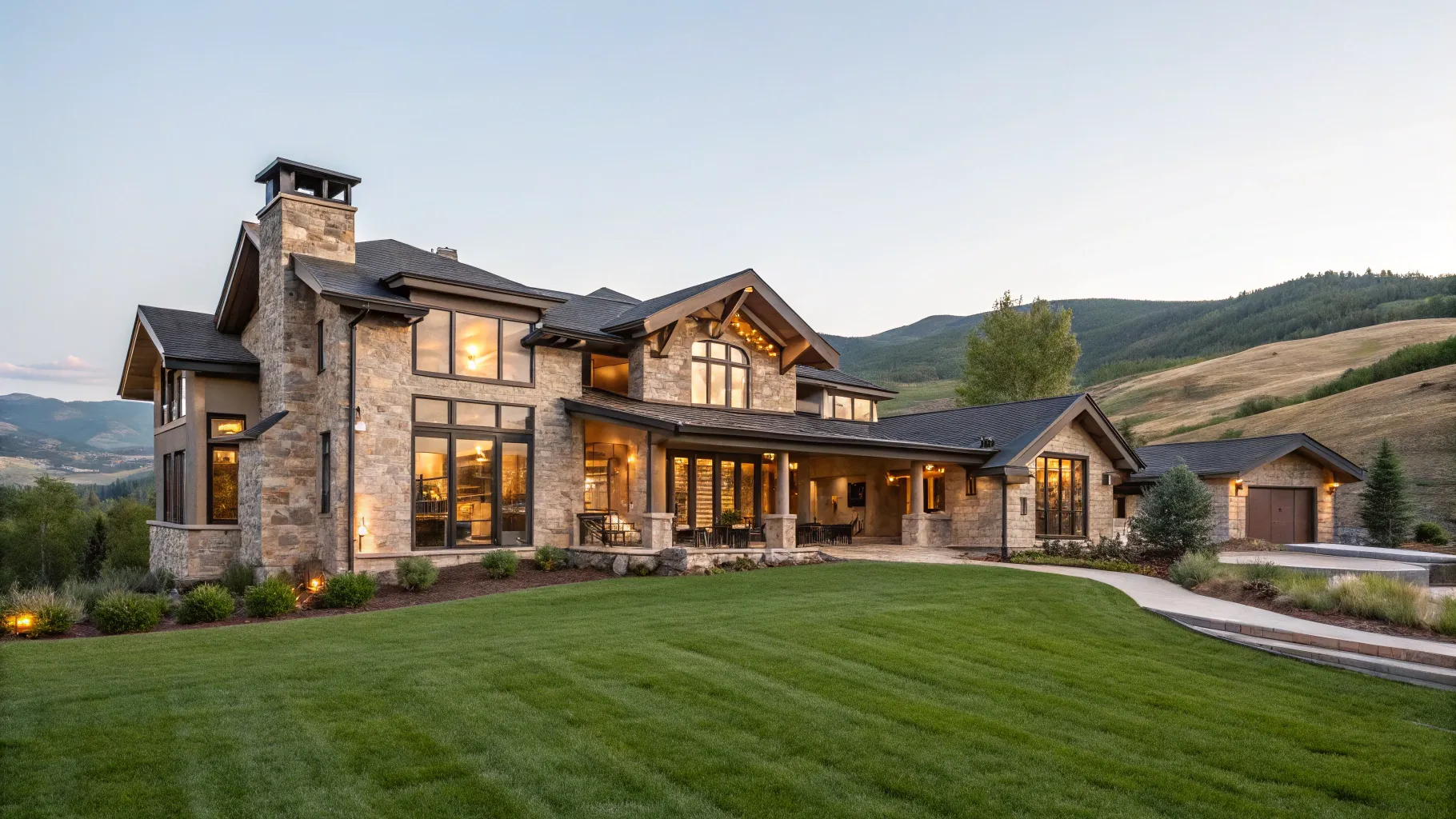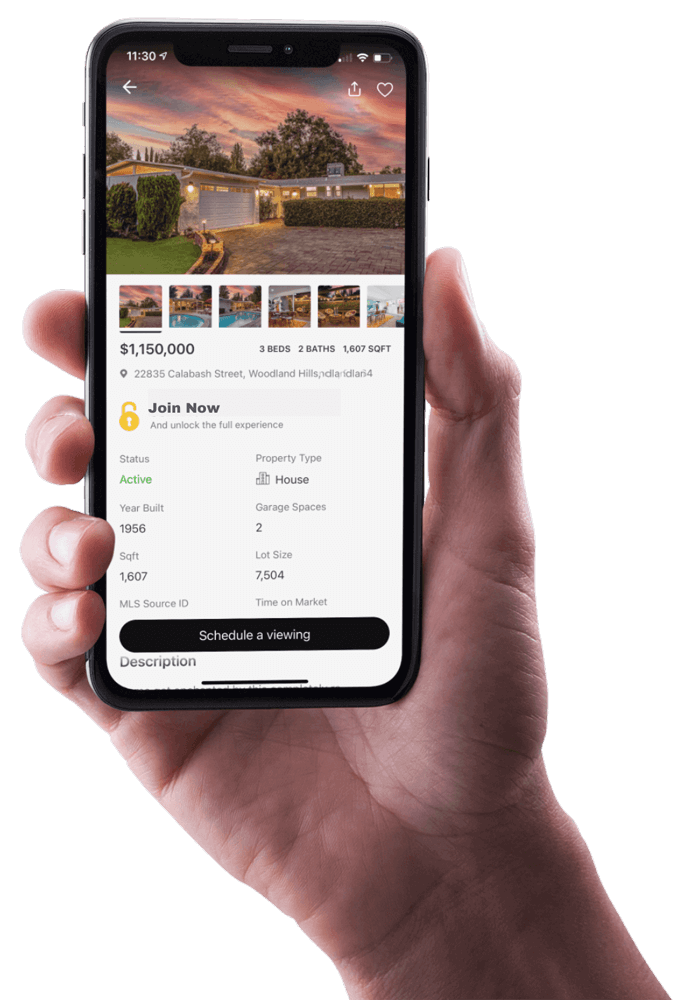How Plumbing Conditions Influence Property Value and Buyer Confidence
Plumbing systems play a key role in home inspections, buyer confidence, and long-term property value. Learn how infrastructure impacts real estate decisions.

While high ceilings, hardwood floors and new appliances can make you fall in love with a home, you should also consider energy-efficient additions. They can lower your utility bills and keep you comfortable year-round. You might know to look for LED lighting and weatherstripping, but do you know about helpful features like soundproofing, carpeting and landscaping?
Why Utahns Should Search for an Energy-Efficient Home
Utah has had a reputation for cheap electricity for decades. If Rocky Mountain Power's proposal to raise rates goes through, that could change. In 2024, Utah's only rate-regulated public utility provider — which provides power to around 80% of the state — filed a request with regulators to increase prices.
Rocky Mountain Power wanted to raise electrical rates by 30.5% by 2026 — the largest price hike in 32 years. Your average bill would be over $24 monthly. Utah leaders reacted harshly. Governor Spencer Cox even committed to preventing it from becoming effective. However, rates could still rise 18.1%, amounting to nearly 13 cents per kilowatt-hour.
While this decision is still pending approval by the Utah Public Service Commission, it will likely go into effect soon. You can prepare by seeking an energy-efficient home. If you know what to look for during walk-throughs and open houses, you can ensure your utility bills will stay relatively low, even after the rate increase.
Manufacturers use sound transmission class (STC) to indicate how soundproof their products are on a scale from 20 to 60. On the lower end, soft speech is faint and normal speech is audible. On the higher end, loud speech is muffled and loud sounds are very faint. Crucially, doors with a high STC don't just block noise — they keep heat trapped.
Soundproof doors use thick insulative layers and seals to eliminate any gaps around the frame. The insulation prevents warmth from escaping, ensuring the temperature remains constant. As a result, your electricity bills drop. This design also keeps the indoor relative humidity level stable. If a solid-core wooden door isn't your style, double-paned glass doors can also be soundproof.
South-facing windows provide the most direct natural light. This feature is valuable in the colder months when the days are shorter. Maximizing the amount of sunlight entering your home gives you better passive heating capabilities, reducing your electricity usage. Ideally, you should choose a house with tall windows to ensure you get light throughout the day.
Ceiling fans come in handy year-round. When the fan spins clockwise, the angled blades push warm air down, efficiently warming your space. A counterclockwise motion creates a downdraft to cool you down without running your air conditioner. Admittedly, the effect isn't as noticeable, but it helps you save money and power.
Heating and cooling are some of the most resource-intensive utilities. According to the Energy Information Administration, air conditioning accounted for 19% of the country's electricity consumption — around 254 billion kilowatt-hours — in 2020. Buying a home with ceiling fans can help you be more energy-efficient.
Every type of flooring has an R-value — a measure of its ability to resist heat transfer. The higher the number, the better its thermal performance. For instance, carpet has low thermal conductivity, meaning it traps warmth well. It works particularly well in upper floors because heat rises. Natural fibers hold heat better than vinyl, concrete or laminate.
If you prefer the look of a flooring material with a low R-value, consider underfloor insulation. According to the International Energy Conservation Code, since Utah is in zones 5B and 6B — cold, dry climates — underfloor insulation should have an R30 insulation or greater. Ensure the sellers also have a moisture barrier installed to minimize dampness.
Vegetation is versatile. Groundcover helps insulate your foundation, shrubs act as a windbreak, vines diffuse light and trees provide natural shade. Better yet, a well-manicured lawn increases your curb appeal and property value.
Ask your real estate agent to find homes with landscaped yards. Perennials are ideal since they're low-maintenance. Gardens and flower boxes aren't as effective, but they offer other benefits like fresh produce and aesthetic appeal.
Built-in blinds aren't a staple in many Utah homes, but they're a great energy-efficient feature to watch for. In the colder months, keeping your curtains closed can reduce heat loss by as much as 10%, lowering electricity waste and saving you money. While you could technically purchase them later, custom-fit versions can help prevent drafts better.
As ovens, washing machines and refrigerators age, their internal components wear down. Thus, their power consumption increases to maintain performance. For instance, a typical old refrigerator uses 35% more power than a newer model with an ENERGY STAR label. Even if you're OK with using older equipment, know that newer models conserve more resources.
Homes with modern appliances are automatically more efficient than those with older ones. Recent technological advancements have helped engineers design low-power machines. If you have one with an ENERGY STAR label, you can save about 30% on your annual utility bills, which comes to about $8,750 on average.
Look for These Surprising Indicators of Energy Efficiency
Soundproof doors, modern appliances, and landscaping can help you keep your home comfortable and your electricity bills low year-round. They even offer additional aesthetic and practical benefits that sweeten the deal. Consider asking your realtor to help you find homes with these features.
Related Articles:
Access all your saved properties, searches, notes and more.
Access all your saved properties, searches, notes and more.
Enter your email address and we will send you a link to change your password.


Your trusted MLS search companion